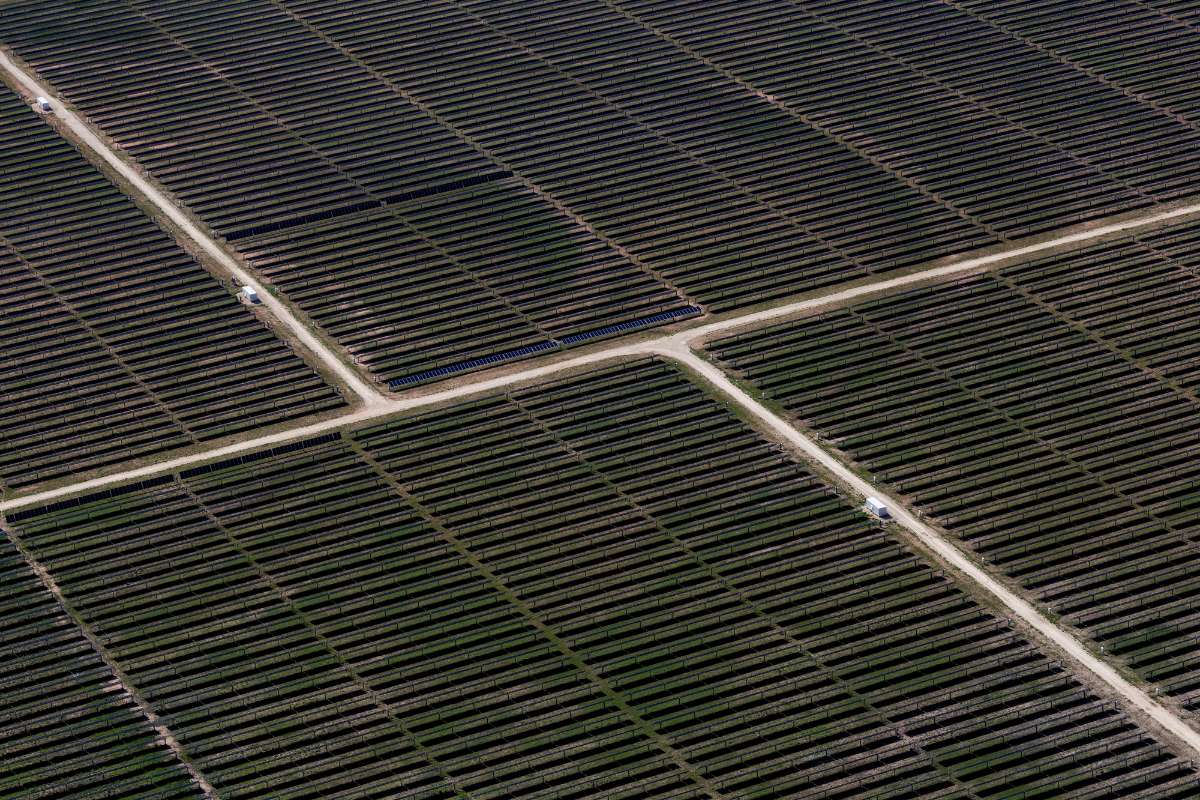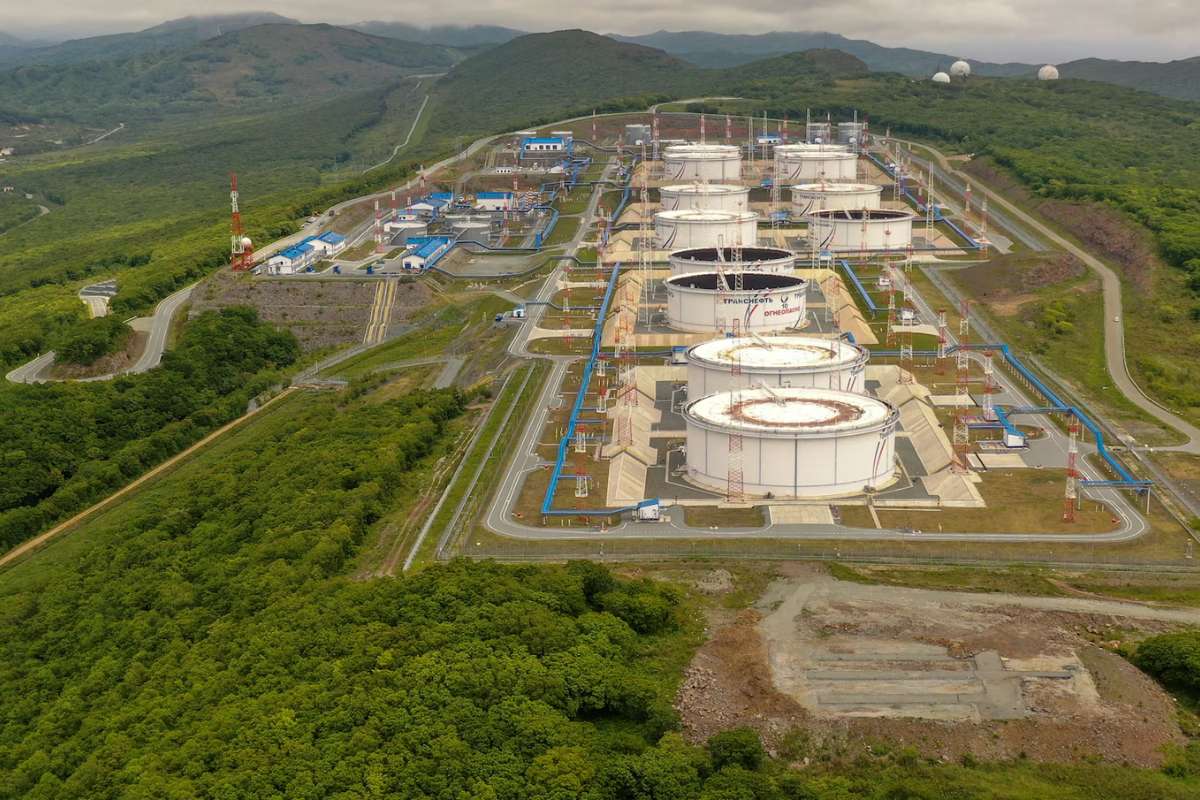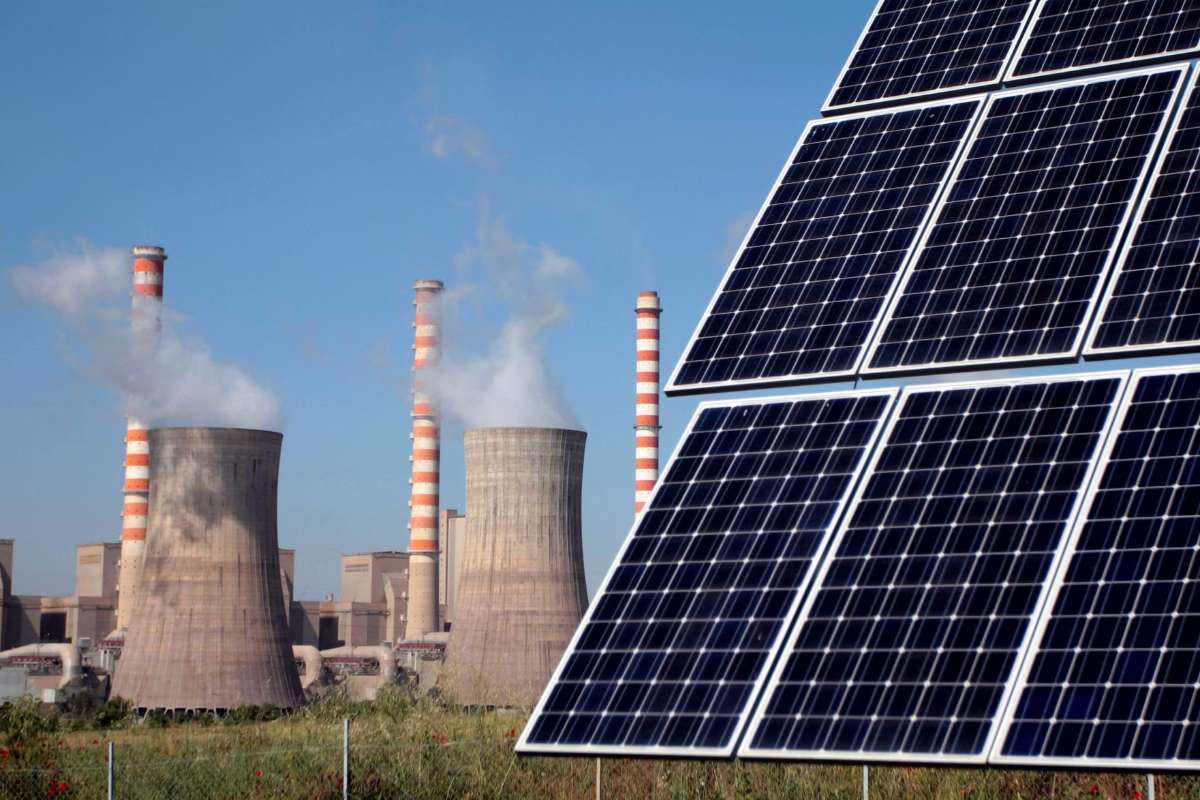Key Points:
- Solar leads 2025 U.S. capacity growth with 33.3 GW.
- Battery storage surges; coal plants retire.
- Texas dominates solar expansion.
The United States is on track for a record year of electric capacity additions in 2025, with solar power leading the expansion, according to the Energy Information Administration (EIA). Developers are expected to add 64 gigawatts (GW) of new capacity this year, surpassing the previous record of 58 GW set in 2002. Unlike the natural gas surge that defined the earlier record, 2025’s growth will largely be powered by emissions-free resources.
Solar alone is projected to account for 33.3 GW, more than half of the year’s total additions. Battery energy storage follows at 18.3 GW, with wind contributing 7.8 GW and natural gas 4.7 GW.
Solar Expansion Accelerates in Second Half of 2025
The EIA noted that solar deployment has been particularly strong this year. While 12 GW of Electric Capacity came online in the first half, more than 21 GW is expected during the second half of 2025. This acceleration is linked to both seasonal installation patterns and federal clean energy policy deadlines.
The passage of the One Big Beautiful Bill Act has provided clarity on renewable energy incentives, leading developers to move forward with delayed or postponed projects. The result is a concentrated wave of installations before key federal tax credit deadlines tighten.
Texas is playing a pivotal role in this buildout. The state accounted for 27% of the solar capacity added in the first half of the year, totaling 3.2 GW, and developers plan to add another 9.7 GW before year-end. Texas surpassed California in 2024 as the state with the largest utility-scale solar capacity, and its lead is widening.
Battery Storage and Fossil Fuel Retirements
Battery energy storage also saw significant gains, ranking second in new capacity added. Developers installed 5.9 GW of storage in the first half of 2025, making up 26% of total additions. Much of this growth has been concentrated in Arizona and California, but Texas is expected to bring online an additional 7 GW of storage this year, particularly in the final months.
At the same time, fossil fuel plants continue to retire, though not as quickly as previously anticipated. The EIA initially projected 8.7 GW of retirements in 2025, led by coal plant closures. However, 3.6 GW of retirements have been delayed or cancelled. Notable changes include the decision to keep Maryland’s Brandon Shores coal-fired Units 1 and 2 (1.3 GW) and Herbert A Wagner oil-fired Units 3 and 4 (0.7 GW) in operation, as well as three natural gas-fired units at the V.H. Braunig plant in Texas (0.9 GW).
Even with these delays, coal remains the dominant source of retirements, accounting for 71% of Electric Capacity set to go offline this year. Natural gas makes up 19% of the retirements, with the remainder spread across oil-fired facilities.
A Record Year for Clean Energy
The EIA’s 2025 outlook underscores the transformation of the U.S. energy landscape. While natural gas once defined capacity growth, solar and battery storage are now the leading drivers. With more than 50% of new capacity coming from solar alone, the U.S. power grid is moving closer to its clean energy goals, supported by federal incentives and state-level leadership.
The combination of record-breaking installations and ongoing fossil fuel retirements signals a significant shift toward emissions-free generation, marking 2025 as a milestone year in the nation’s energy transition.
Visit Oil Gas Energy Magazine for the most recent information.












